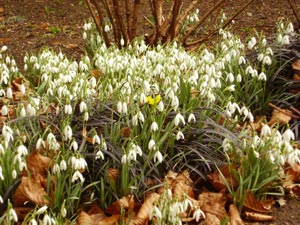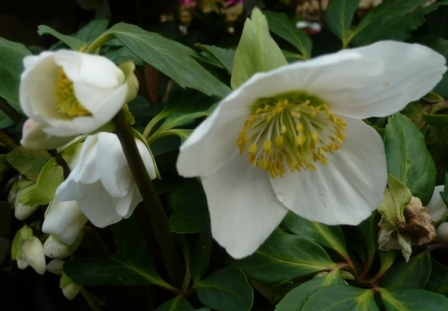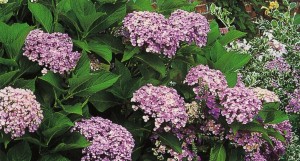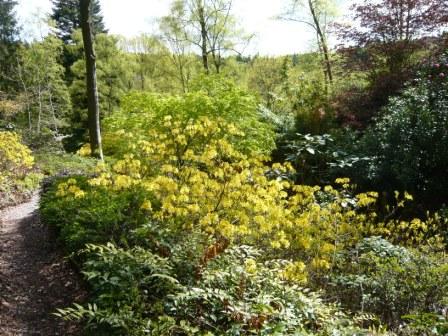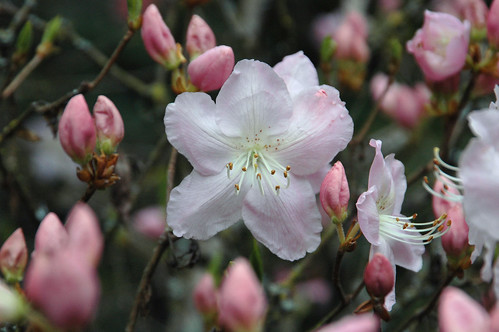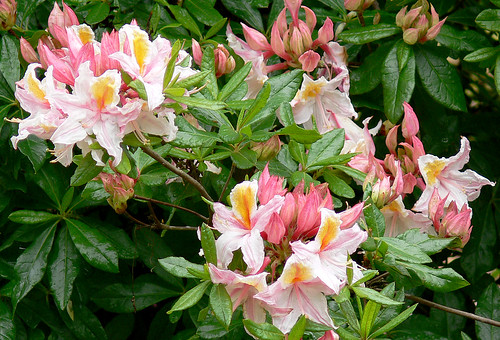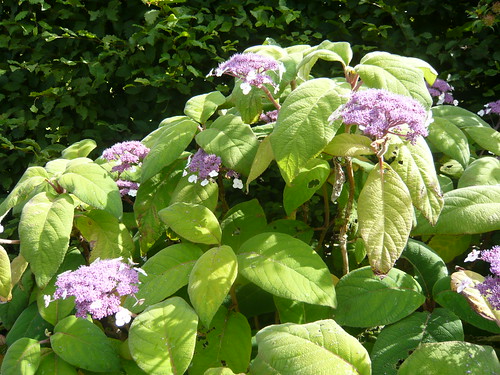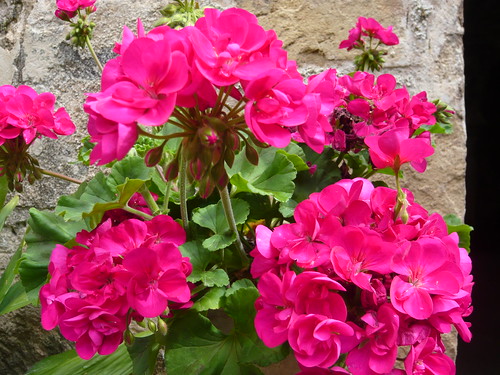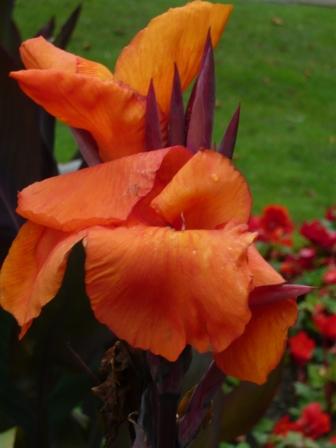Help with February Gardening Jobs
There are numerous jobs to start in February and most gardeners will be very busy. Perhaps too busy to read this article. Still Gardeners Tips tries to help new and experienced gardeners with a series of tips and job lists that should save time in the long run.
Jobs for New Gardeners In February
- Do not rush, the season hasn’t started and there is a lot of time to catch up.
- Complete any hard landscaping and design changes that you do not want to be doing when the growing season starts in earnest.
- Plot and plan, February is a great time to be sorting out your thoughts and getting all your ‘ducks in a row’ ( do not mix ducks with an ornamental garden they eat and fertilize the wrong things.)
- Read what the experts will be doing – plants want to grow for beginners and experts alike.
Jobs for Expert Gardeners In February
- Sow seeds of Broad Beans and Sweet Peas in a cold greenhouse or outdoors with some protection.
- Sow hardy annual seeds in trays
- February is the time to dig in any green manure that has over wintered.
Fruit
- Prune outdoor vines, blackcurrants and gooseberries using off cuts as cuttings
- If you are troubled with moss on tree trunks use lime wash to remove it.
- Spray peaches against leaf curl
Vegetables
- Order any seeds and sow early carrots, parsnips or parsley
- Draw up soil around spring cabbages
- Plant out autumn sown lettuce and broad beans
Flowers and Shrubs
- Plant anemonies, ranuculus gladioli nd tiger lilies in groups where you want them to flower …
